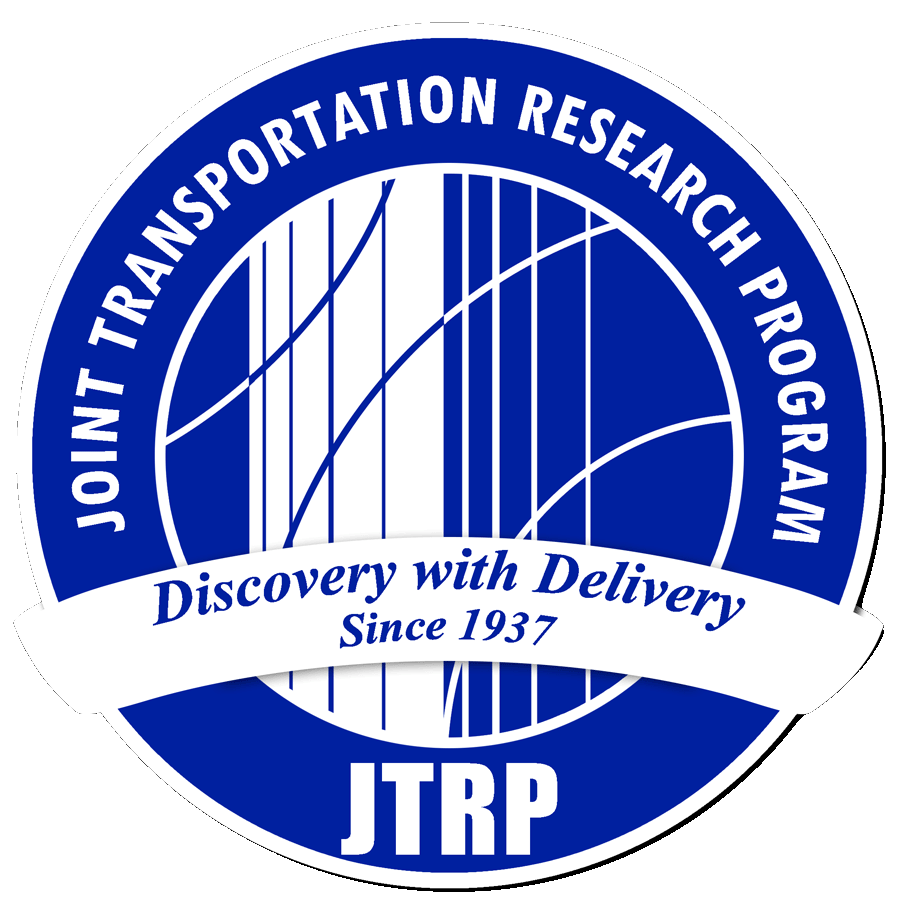Recommended Citation
Kong, Z., & Lu, N. (2024). Field implementation of concrete strength sensor to determine optimal traffic opening time (Joint Transportation Research Program Publication No. FHWA/IN/JTRP-2024/05). West Lafayette, IN: Purdue University. https://doi.org/10.5703/1288284317724
DOI
10.5703/1288284317724
Abstract
In the fast-paced and time-sensitive fields of construction and concrete production, real-time monitoring of concrete strength is crucial. Traditional testing methods, such as hydraulic compression (ASTM C 39) and maturity methods (ASTM C 1074), are often laborious and challenging to implement on-site. Building on prior research (SPR 4210 and SPR 4513), we have advanced the electromechanical impedance (EMI) technique for in-situ concrete strength monitoring, crucial for determining safe traffic opening times. These projects have made significant strides in technology, including the development of an IoT-based hardware system for wireless data collection and a cloud-based platform for efficient data processing. A key innovation is the integration of machine learning tools, which not only enhance immediate strength predictions but also facilitate long-term projections vital for maintenance and asset management.
To bring this technology to practical use, we collaborated with third-party manufacturers to set up a production line for the sensor and datalogger assembly. The system was extensively tested in various field scenarios, including pavements, patches, and bridge decks. Our refined signal processing algorithms, benchmarked against a mean absolute percentage error (MAPE) of 16%, which is comparable to the ASTM C39 interlaboratory variance of 14%, demonstrate reliable accuracy. Additionally, we have developed a comprehensive user manual to aid field engineers in deploying, connecting, and maintaining the sensing system, paving the way for broader implementation in real-world construction settings.
Report Number
FHWA/IN/JTRP-2024/05
Keywords
concrete, sensor, piezoelectric, electromechanical impedance, EMI, open traffic, strength, sensing, nondestructive evaluation, NDT, wireless, database, Internet of Things
SPR Number
4753
Performing Organization
Joint Transportation Research Program
Sponsoring Organization
Indiana Department of Transportation
Publisher Place
West Lafayette, Indiana
Date of this Version
2024



